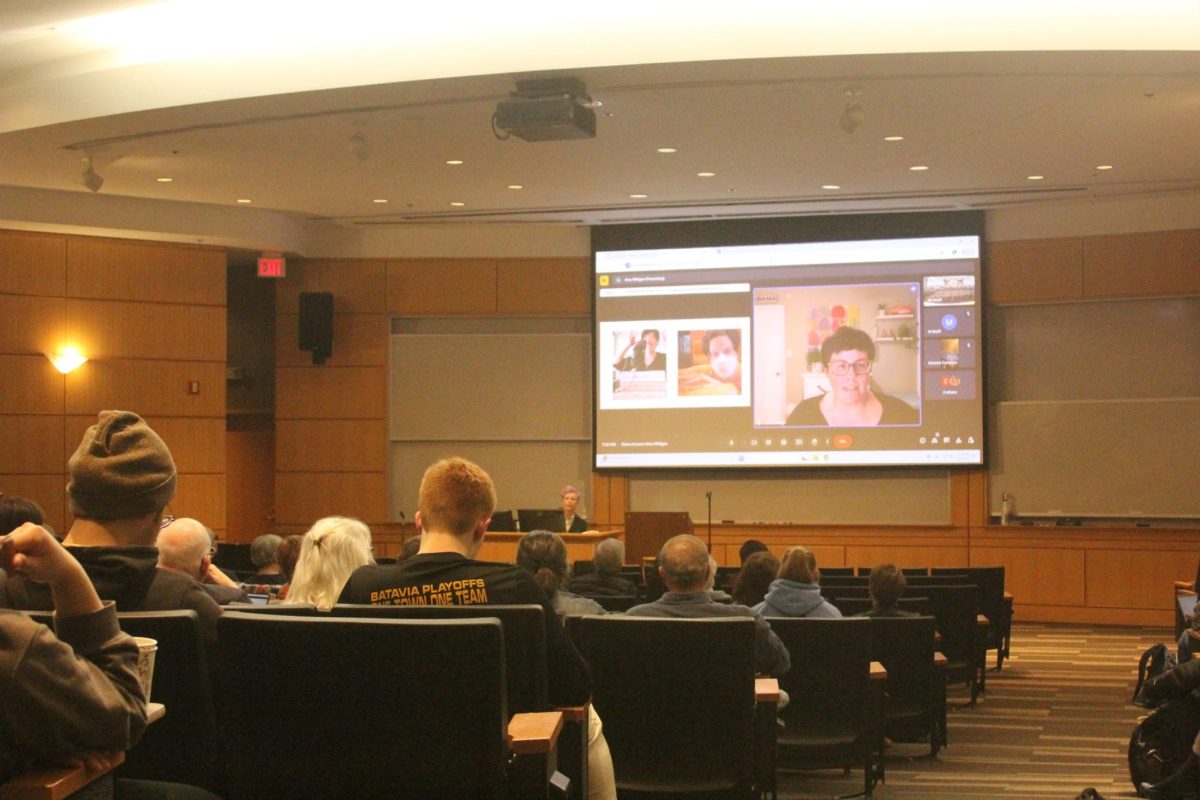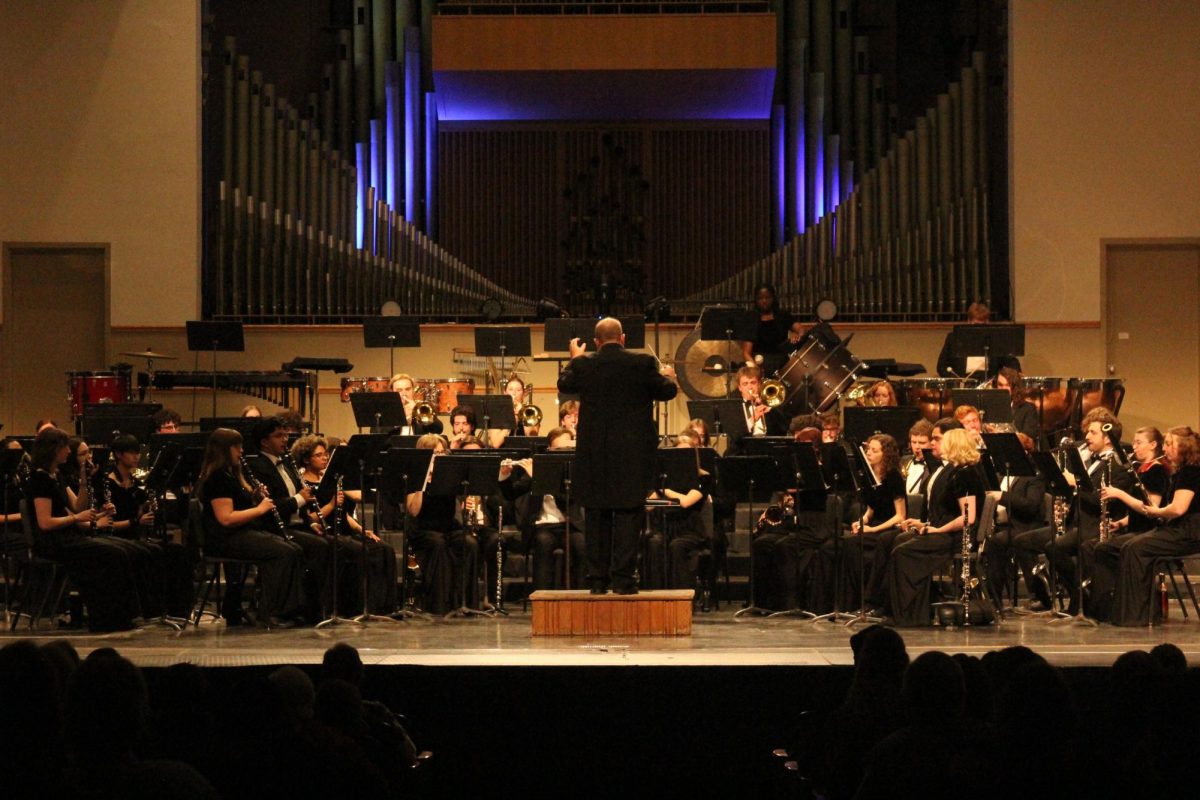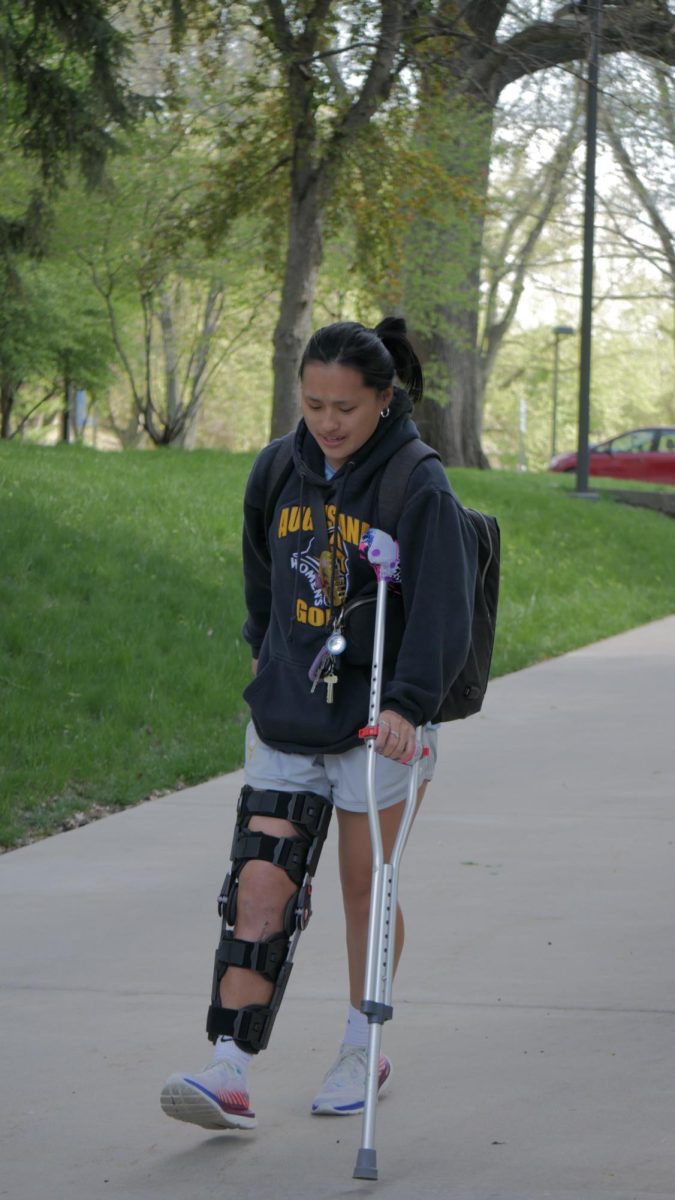Every fall, as the trees begin to accentuate the beauty of the Augustana campus with their gold, red and orange hues, many prospective students discover that this is the place that they will call home after high school. At first glance, the naturally wooded landscape is what gets the attention of many potential students, however, it only takes one injury and a pair of crutches under your arms to understand that the beauty of the campus can turn into a problem.
Sophomore Jack Ellis said everyone that he encountered while using crutches was helpful which allowed him to receive the help that he needed and also made it easier as a student.
“I was able to contact the dean’s office for a temporary handicapped parking permit, as well as having the ability to call an ACES,” Ellis said.
Being a college student is complicated and sometimes overwhelming, especially for injured students using crutches, who are often restrained from doing the things that they love. This makes maintaining their daily routine difficult.
Oussama Elhabt, a First-Year student at Augustana, said that when he was injured he always gave himself some additional time so that he could arrive on time to his classes or other events. However, this rarely resulted in punctuality, and he often had to skip class or be late.
“This campus is big, so going from my dorm to classes was not easy. One of the main things that annoyed me were the slippery floors in the Gerber Center. I would always struggle when I was at that building,” Elhabt said.
With elevators in almost every building, Augustana has been able to eliminate some of the risk that students on crutches often face due to the stairs. This has allowed injured students to have the possibility of navigating the buildings and also attending their classes. However, when elevators break down, injured students have another obstacle to face getting to class.
“The automatic doors in some of the buildings were also very helpful. However, some of the drawbacks are that the automatic doors tend to be open an hour or sometimes two after the main doors which often caused me further delays,” Elhabt said.
August Haak, First-Year student, said it was very difficult to navigate through the buildings when he was injured. He was bothered that many doors were not always easy to open.
“There was a lack of accessibility in most of the buildings, the dorms specifically. I had significant troubles dealing with the bathrooms and the doors in the Westerlin dorm,” Haak said.
Life on crutches is difficult and it requires teamwork as well as good communication skills. A common challenge that many injured students face is the need for assistance which they commonly approach by having a friend by their side to support them.
“Try to find people to go around with you, trust me. I tried to do a ton myself and I definitely made it more difficult than it needed to be,” Haak said.
Having injuries that require crutches can cause students to feel isolated and helpless. This can be especially true for First-Year students who are unaware of the resources that are available for them.
“The school was very helpful, offering me excused absences and tardiness from class and many of my teachers went out of their way to make the classrooms more easily traversable for me,” Haak said. “Staff in the cafeteria and library were always offering to take my dishes or to carry books for me and I was rarely short of people willing to help me.”
Whether you find yourself using crutches or have an interest in learning from other’s experiences, it is always useful to learn about accessible places and alternative routes to help others have a better crutching experience.
“Gerber Center was accessible. having multiple elevators in multiple locations, along with some ramps in the building,” Ellis said. “Other buildings that were reasonably accessible because of a one elevator system were Olin, Old Main, Hanson, Swanson and PepsiCo, although the automatic door in the founder’s circle malfunctions.”
Being on crutches also makes eating on campus hard due to the long lines of students and the difficulty of carrying food without losing one’s balance. On crutches, students’ hands are occupied and their only option for carrying items is by placing them in a backpack.
“I would tell other people on crutches to avoid going to Gerber. For food, try going to [the snack shack] or the store in Westie,” Elhabt said.
Some students also felt like walking through the quad was difficult if people they were walking near did not leave them room.
“Crutches take up a lot of room, and it would have been kinda nice if people were a bit more aware when walking. The amount of times people would walk shoulder to shoulder with their friends and I would get boxed into the dirt was pretty frustrating,” Haak said.
Haak recommends injured students do not let crutches discourage them from having a positive college experience.
“It’s a struggle at first, but it’ll get easier quickly, and eventually it’ll be done,” Haak said.





































































































